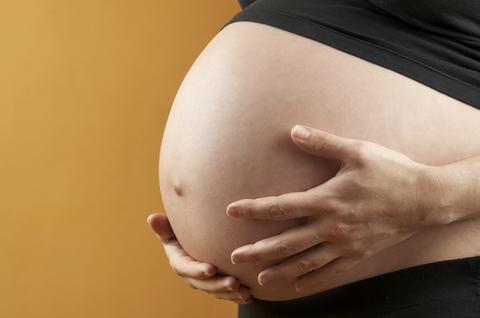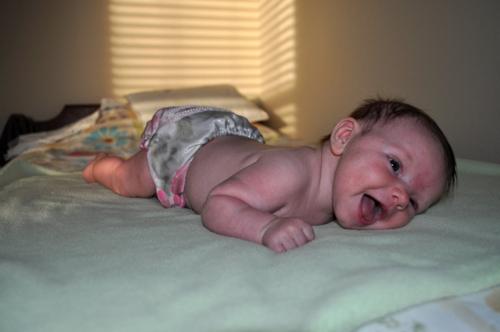The biomechanism of childbirth is a whole set of different movements that the fetus passes through the birth canal. These movements are directly related to the structure of the female pelvis. They consist of flexion / extension of the baby’s head, its rotation around the axis, lateral declination of the fetal head and pendulum-like movements aimed at moving along the birth canal.

All these movements are provided by the size and shape of the woman’s pelvis, the presence of amniotic fluid in sufficient quantities, the cheese-like lubricant that covers the child’s body that reduces friction, as well as the size and shape of the fetal head. In addition, the biomechanism of labor is provided by the activity of the uterus, more precisely, by its contractions. This creates translational movements to promote the fetus through the maternal birth canal. An additional factor that contributes to the contraction of the uterus is its ligamentous apparatus. At the same time, the round ligaments pull up the uterine fundus in front, and the sacro-uterine - hold it, preventing it from deviating, and fix it near the surface of the sacrum.
The biomechanism of childbirth with head presentation of the fetus (occipital) consists of the following points: bending of the head and its smooth lowering into the pelvic cavity. When bending the head, a leading point is determined - a small fontanel, which approaches the wireline of the pelvis. It is this point that appears first from the genital fissure. The chin of the fetus tends to the chest. At the beginning, the head changes its configuration. Further, when moving from a wide to a narrow part of the small pelvis, she flips. After which the face is directed to the sacrum, and the nape to the symphysis. And in conclusion, there is an extension of the head and its exit from the plane of the pelvis - the forehead, face and last chin are born. After birth, the head takes its original position. Then shoulders are born and the fetus is completely expelled.

The biomechanism of labor in the pelvic presentation also consists of rotational and translational movements, only in this case the fetus passes along the birth canal with the pelvis forward. In this case, the main guideline is the intervertile gluteal line. The following moments stand out that make up the biomechanism of childbirth: buttocks are inserted into the small pelvis and move along it, the fetal spine makes a lateral bend, after which the trunk and shoulder girdle are born. The bending of the fetal head and its internal rotation occur almost simultaneously. The head is born in a bent position.
The biomechanism of labor with leg presentation is similar to that observed with gluteal. Often after the discharge of all amniotic fluid and with the incomplete opening of the cervix, the underlying leg may lower and even fall out of the vagina. This significantly complicates and prolongs the course of childbirth. After the cervix opens completely, buttocks appear immediately after the leg, and so on according to the above-mentioned biomechanism of childbirth.
As you can see, the biomechanism of natural childbirth depends on the position of the fetus and the location of the wire point.